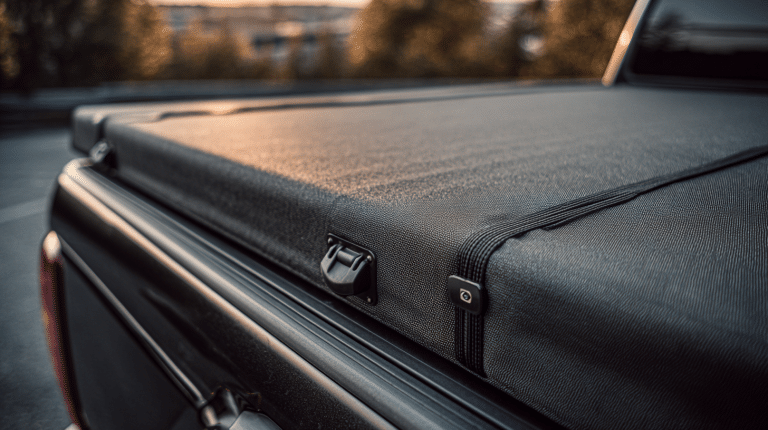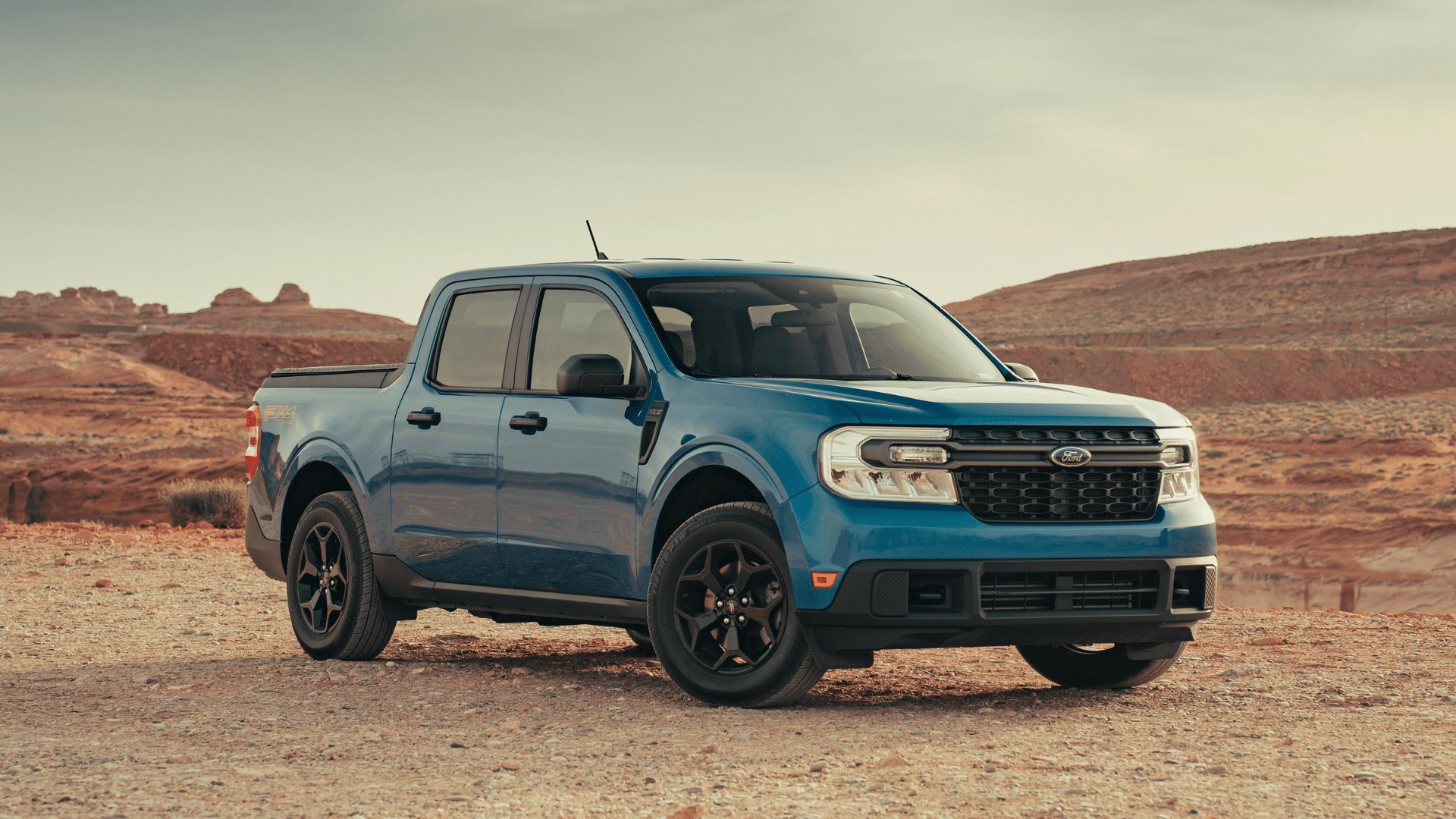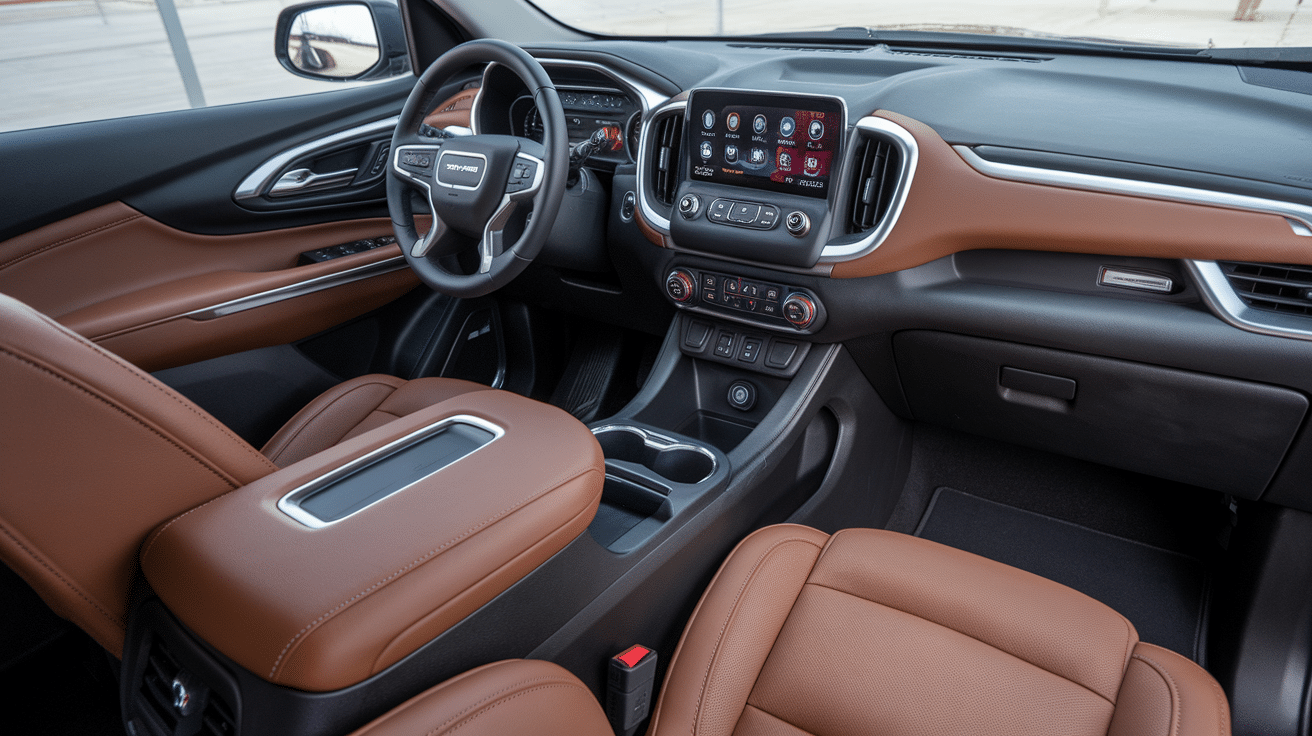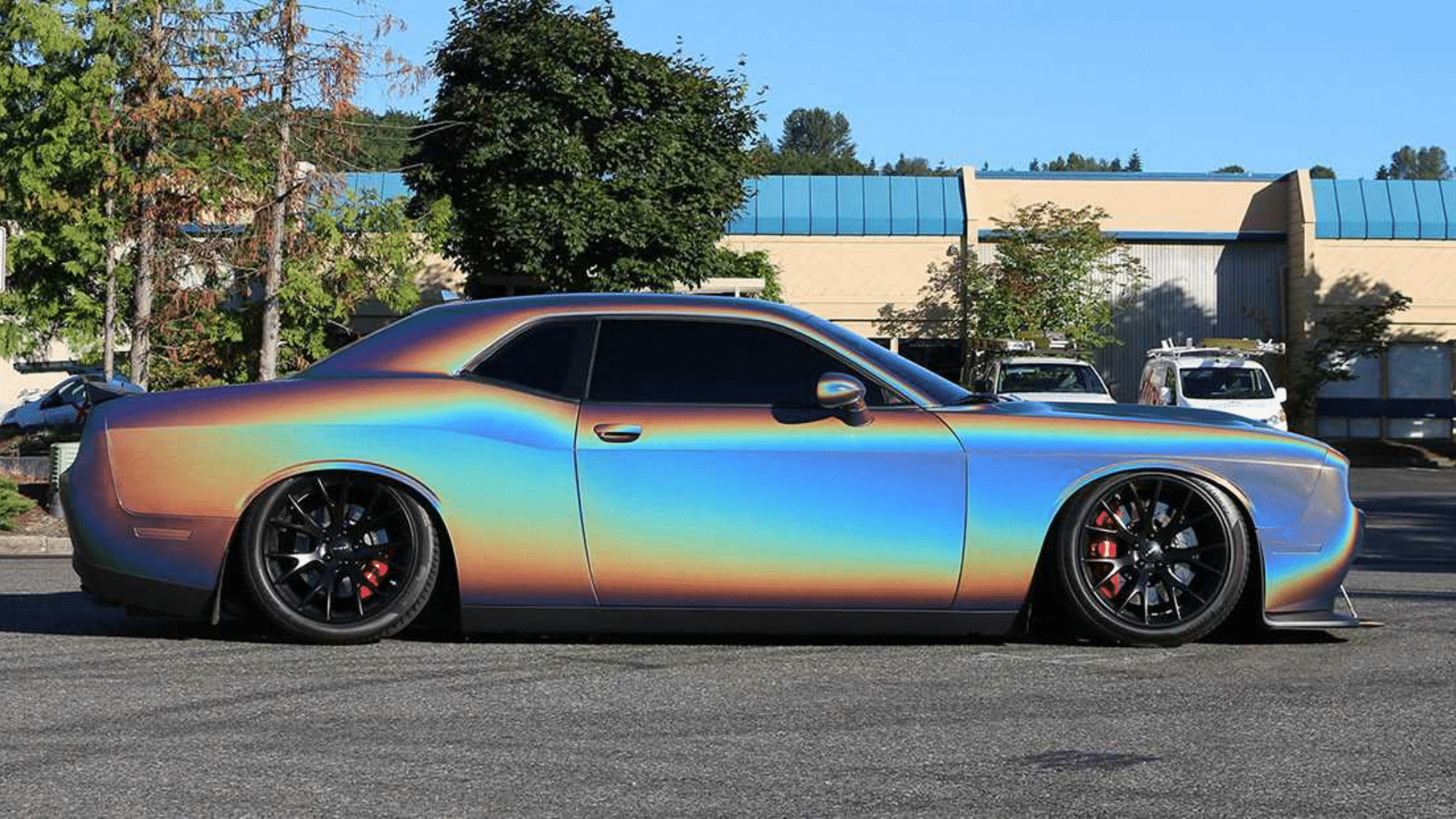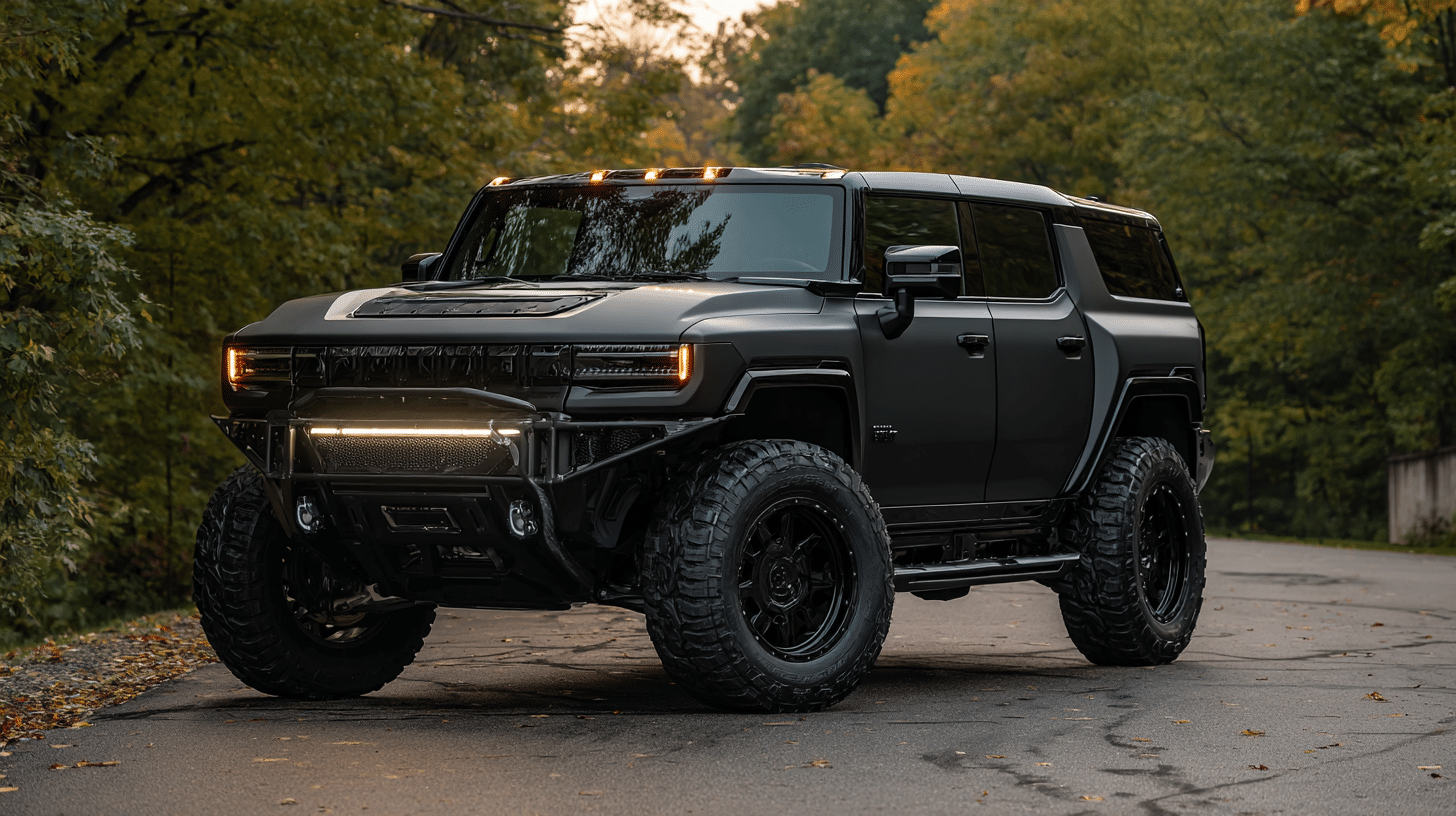I’ll be honest. I had no clue what a tonneau cover was until I lost an entire bag of tools during a storm. Left them in the back of my truck, and the rain didn’t hold back.
A buddy of mine saw the mess and said, “Man, you need a tonneau cover.” I shrugged and said, “A what?”
Fast forward a week, and I had one installed. And I’ll tell you, it was the best decision I ever made for my truck. My gear stays dry, the bed stays clean, and the whole rig just looks better.
So if you’re in the same boat, curious and maybe unsure if it’s worth it, this post is for you. I’m going to walk you through what a tonneau cover is, the types you can get, and why folks like me keep recommending them.
We’ll talk fuel savings, better security, organization, and a few things I wish I knew earlier.
Let’s get into it.
What Is a Tonneau Cover?
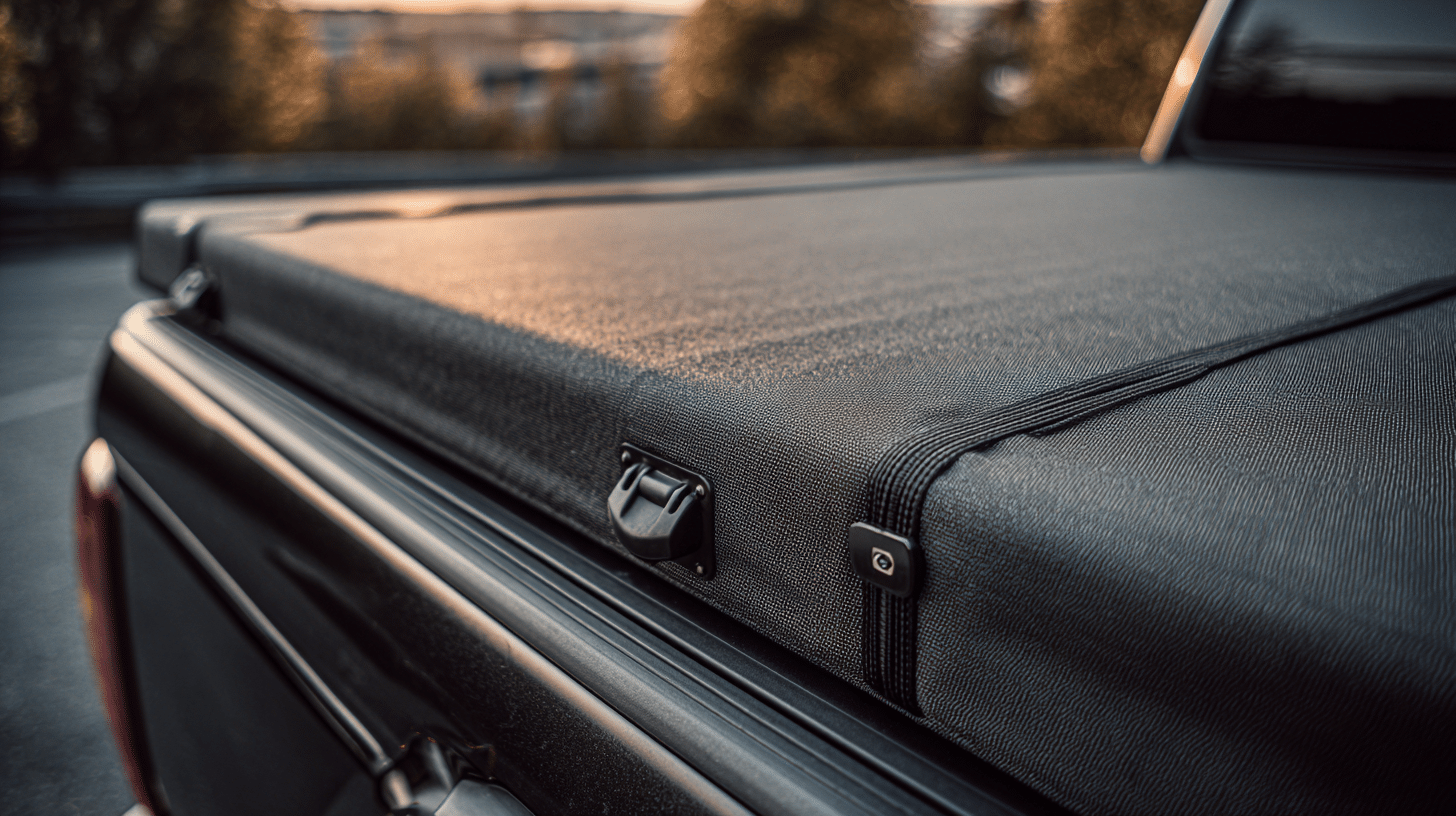
Ever heard the word “tonneau” and thought it sounded fancy? I did too. Turns out, it’s just French for “barrel,” and back in the day, it was used to describe the rear seating area of old cars.
These days, it simply means the bed of a pickup truck and the cover that goes over it.
So what’s a tonneau cover really? Think of it like a lid for your truck bed. It can be soft or hard, fold up, roll back, or slide open. Doesn’t matter. Its main job is to cover and protect whatever you’ve got back there.
Got tools? Groceries? Camping gear? A bunch of random stuff you don’t want flying out at 70 miles per hour? That’s where a tonneau cover comes in.
It keeps everything tucked in, covered up, and out of sight. Plus, it just makes your truck look more finished. Some folks even say it helps with gas mileage, and from my experience, they’re not wrong.
Top Benefits of Installing a Tonneau Cover
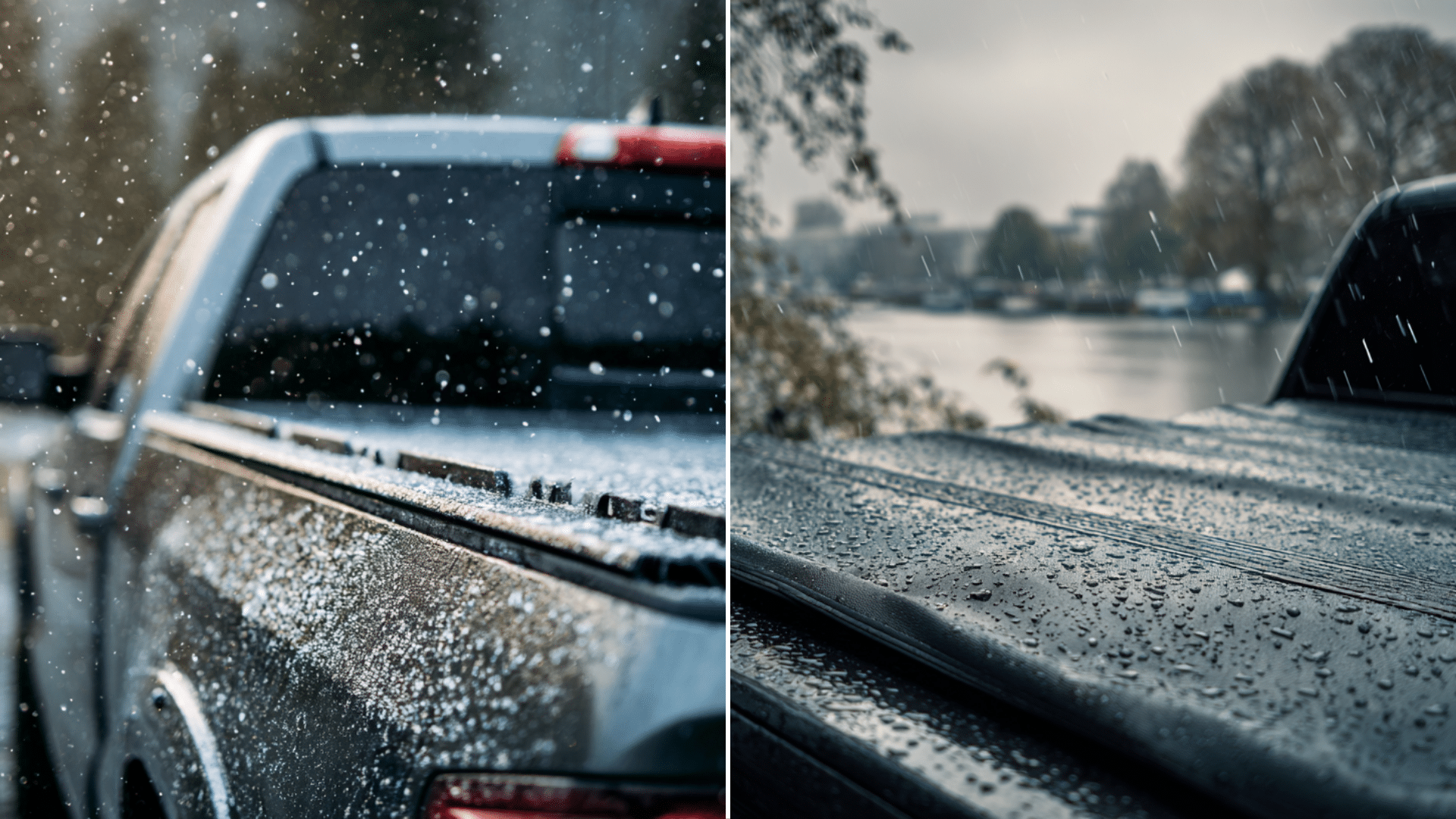
There are plenty of reasons to get a tonneau cover, but these are the ones that stood out for me. Some made a difference right away. Others I didn’t notice until I’d been using the cover for a while.
If you’re on the fence, these might help tip the scales.
- Weather Protection: Tonneau covers keep cargo dry during rain, snow, and sun. They help prevent water damage and protect gear no matter the forecast.
- Improved Security: Covered beds hide valuables from view, making them less tempting to thieves. Lockable covers offer added peace of mind for tools and equipment.
- Fuel Efficiency: By reducing wind drag, a cover can improve gas mileage slightly, often around 1 to 2 MPG. It’s a small change that adds up over time.
- Better Organization: Covers help keep cargo from sliding or blowing around while driving. Paired with a net or divider, everything stays in place.
- Cleaner Look: A cover gives the truck a neat, finished appearance. It hides clutter and makes the bed look tidy, both when it’s full and when it’s empty.
- Resale Value: Keeping the bed protected helps prevent scratches and rust. A cleaner, well-maintained bed can be a plus when selling or trading in.
You don’t need every one of these benefits to make the cover worth it. For me, even just the peace of mind and fewer soggy tools would’ve been enough.
Everything else? Just icing on the cake.
Pros and Cons of Tonneau Covers
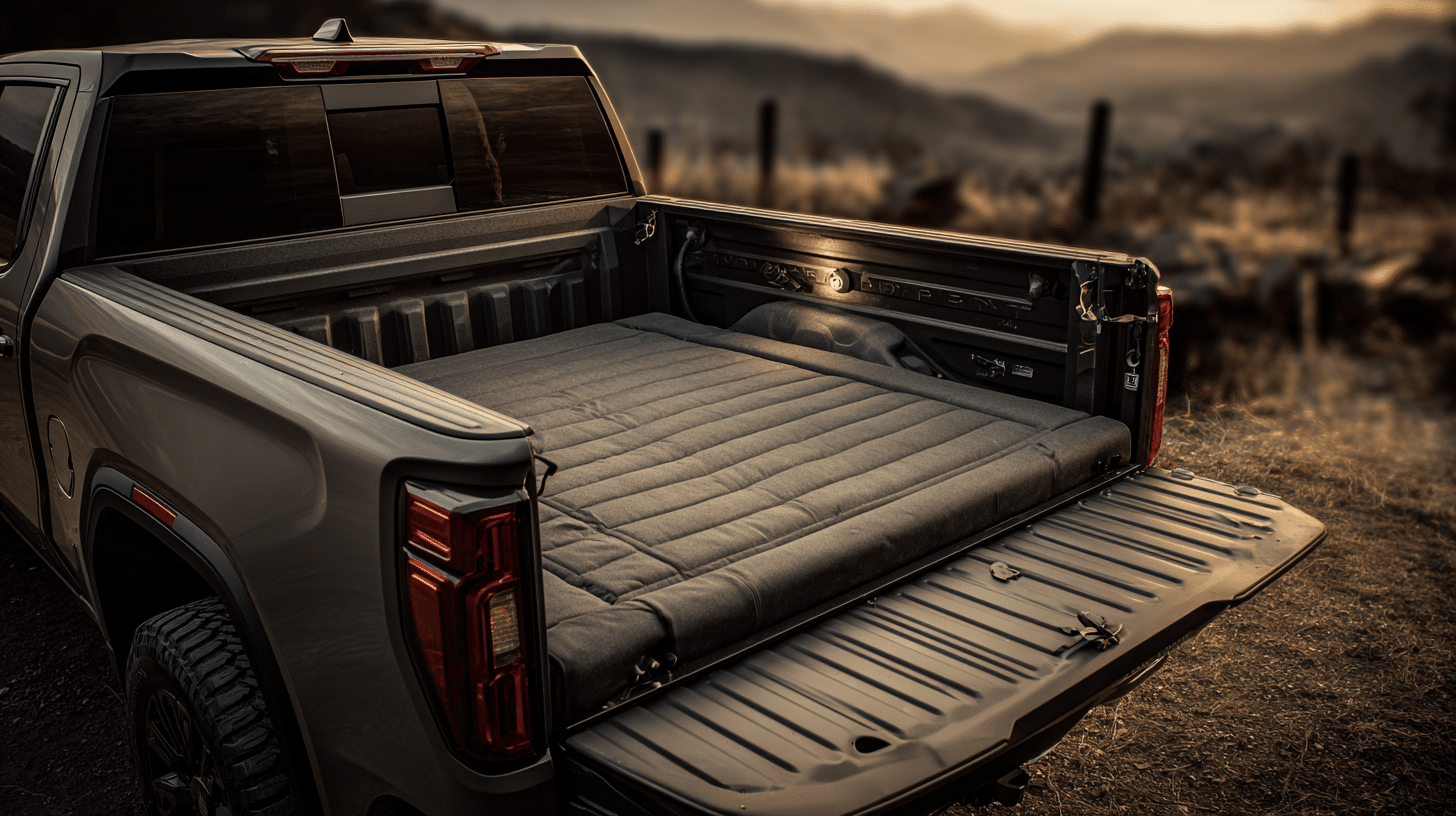
If you’re still thinking about the good and the bad, this quick breakdown might help. Like anything else, tonneau covers have their strong points and a few trade-offs. This is how it all shakes out from my experience:
| Pros | Cons |
|---|---|
| Keeps gear dry in all kinds of weather | Some covers can be pricey |
| Adds security by hiding items from view | Not all styles work with every truck setup |
| May improve gas mileage slightly | Hard covers can be heavier and harder to remove |
| Keeps cargo from shifting or blowing out | Cheap covers might wear out faster |
| Makes the truck look cleaner and more finished | Install time varies by type and brand |
| Helps protect the bed from scratches and rust | May limit access if hauling taller items |
Most of the downsides come down to picking the wrong cover for how you use your truck. If you match your needs to the right style, the benefits easily outweigh the minor drawbacks.
Main Types of Tonneau Covers
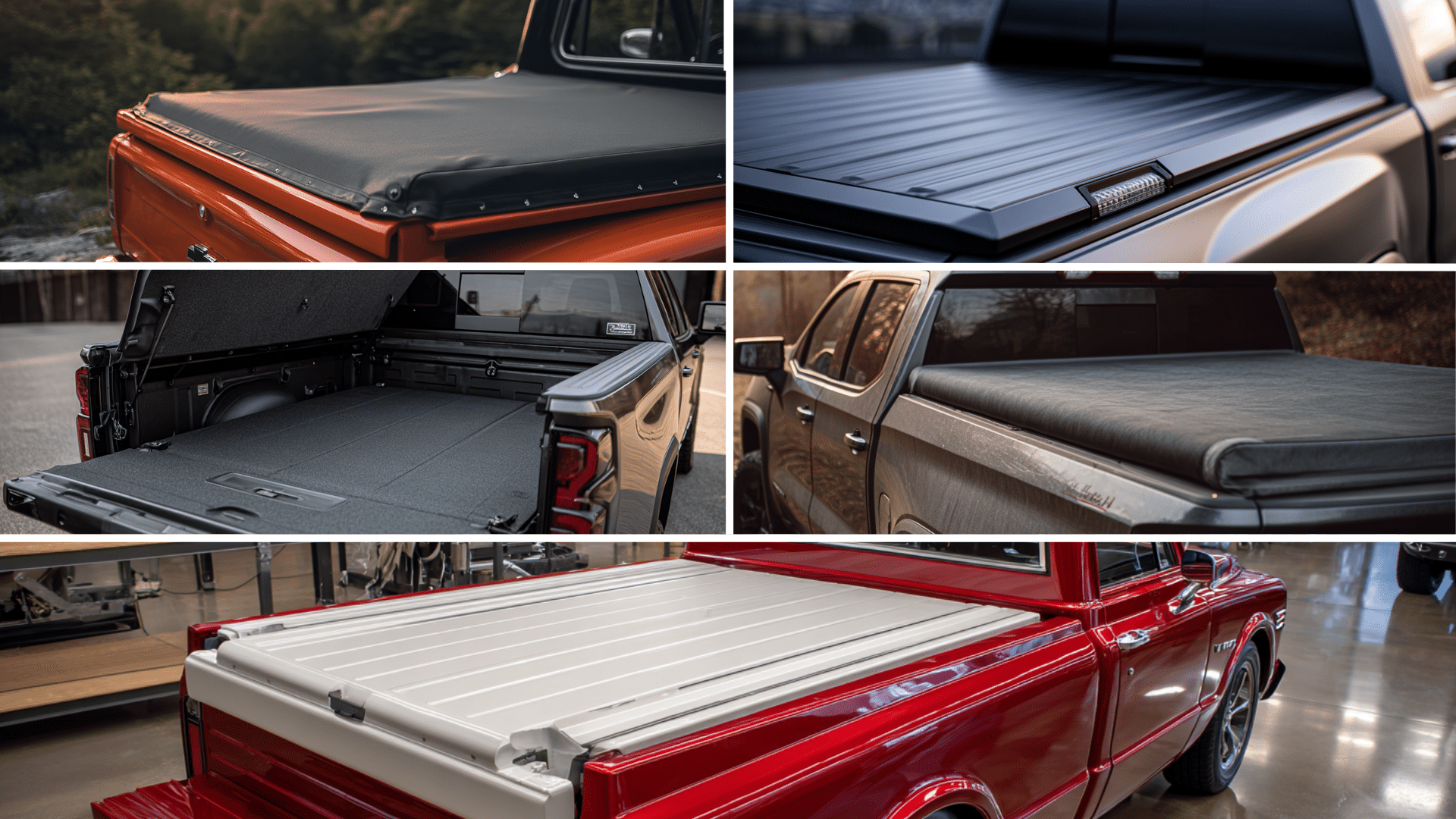
There’s no single tonneau cover that fits every kind of use. A setup that works great for daily hauling might not be ideal for light errands or occasional road trips.
I put together this quick comparison so you can get a feel for what each type does best and what to expect from it:
| Type | Best For | Main Benefits | Things to Know |
|---|---|---|---|
| Soft Covers | Budget buyers, casual use | Lightweight, easy to remove, affordable | Less secure, can wear over time |
| Hard Covers | Security-focused users | Strong protection, better security, clean look | Heavier, more expensive |
| Folding Covers | Everyday access, mixed use | Opens in sections, flexible use, available in soft and hard versions | May block a full bed when folded |
| Roll-Up Covers | Quick access, light hauling | Easy to open, full bed access, low profile | Soft ones offer less protection against theft |
| Retractable Covers | Daily use, style, and convenience | Sleek design, secure, can lock in multiple positions | Higher price, installation takes more effort |
| Hinged Covers | Fixed cargo, weather protection | Solid, trunk-like opening, great for permanent setups | Limited vertical clearance in the bed |
| Toolbox-Compatible | Work trucks with toolboxes | Keeps toolbox usable, offers cargo coverage | Must measure carefully for proper fit |
Choosing the right tonneau cover really comes down to how you use your truck. Be it for daily work, occasional errands, or locking down expensive gear, the table above should help you match your needs with the right option.
Things to Consider Before Buying a Tonneau Cover

Buying a tonneau cover isn’t complicated, but you’ll want to make sure it actually fits your truck and your lifestyle. A little planning saves a lot of hassle later.
1. Truck Fit: Sounds obvious, but it’s easy to overlook. Not every cover fits every truck. You’ll need the right match for your make, model, and bed length.
Got a short bed? Extended cab? Double-check those details before you order.
2. Use Case: What are you actually using the bed for? Hauling tools every day? Tossing in groceries and sports gear? The right cover depends on how you use your truck.
If you’re opening and closing it often, a folding or retractable one makes life easier. Just need basic coverage? A soft roll-up might do the trick.
3. Budget: Prices range from $150 to $2,000 or more. Soft covers are usually cheaper and simpler. Hard and retractable covers cost more but offer better security and durability.
Think about what matters more, upfront cost or long-term value. That will help you narrow it down.
4. Install Style: Some covers go on in minutes with no tools. Others take longer and may need rails or even drilling.
Ask yourself: Do you want to install it yourself in the driveway, or would you rather have a shop handle it?
A little upfront thinking goes a long way. Once you figure out what matters most to you, it becomes way easier to find the right one without second-guessing.
Maintenance and Care Tips for Tonneau Covers
Tonneau covers don’t need much upkeep, but a little routine care helps them last longer and work better.
- Wash it regularly: Use mild soap and water. Skip harsh cleaners.
- Check hardware: Latches and rails can loosen. Tighten as needed.
- Lubricate tracks: For retractable covers, use silicone spray to keep them sliding smoothly.
- Inspect seals: Especially after winter. Look for cracking or peeling.
Take five minutes every few weeks for these simple checks, and your cover will hold up for years without giving you trouble.
Conclusion
Still on the fence about getting a tonneau cover? Hopefully, this helped clear things up.
From keeping your gear dry to saving a little on gas and even boosting your truck’s value, a good cover does more than most folks expect.
Now that you know what a tonneau cover is, the types available, and the real-life benefits, you’ve got everything you need to decide if it makes sense for your setup.
And if you ask me? It’s hands down one of the best upgrades I’ve made to my truck
Simple, useful, and totally worth it.


